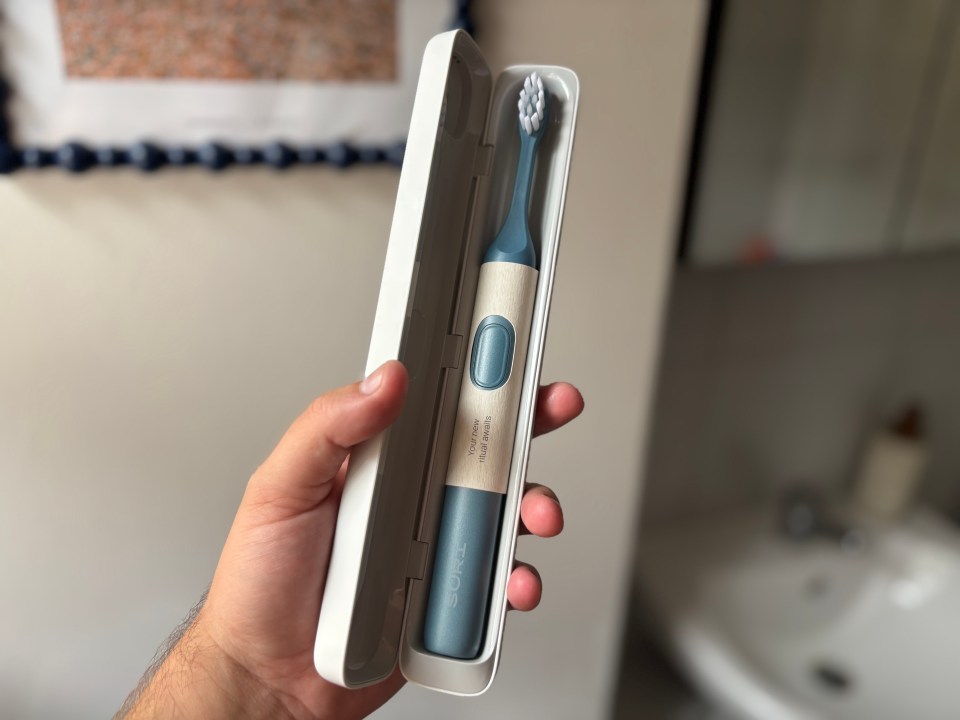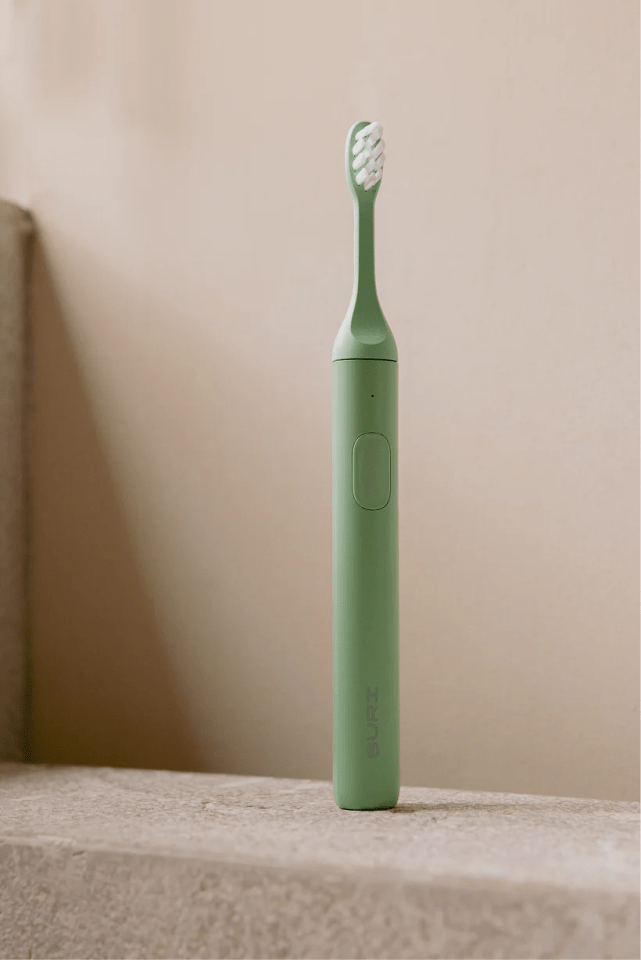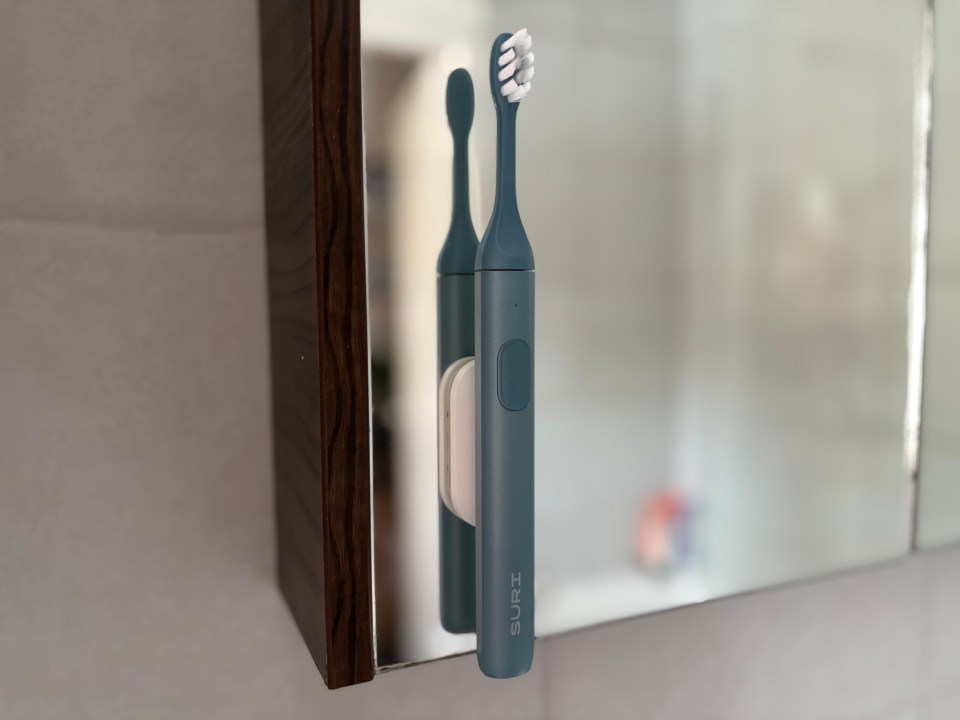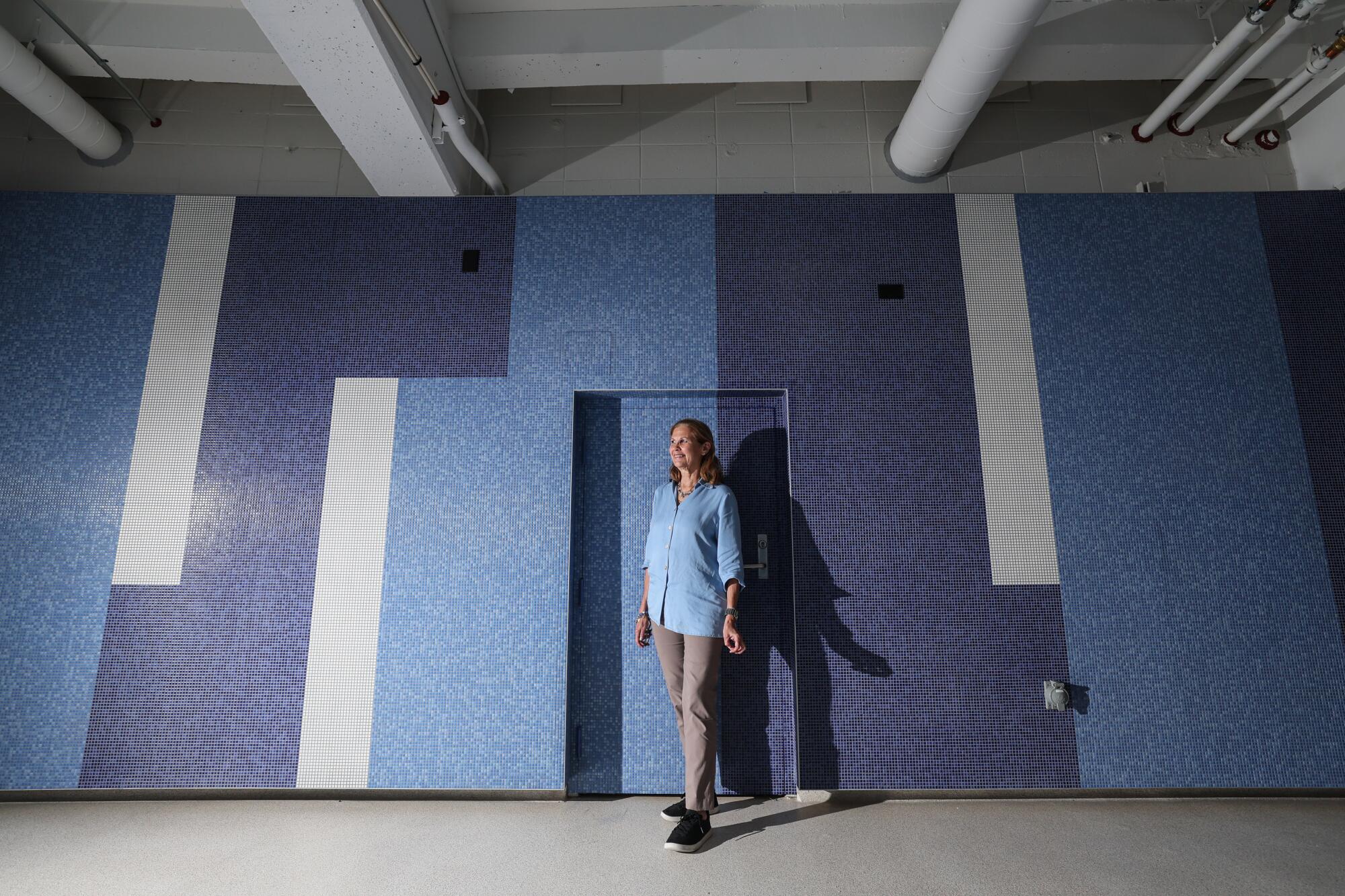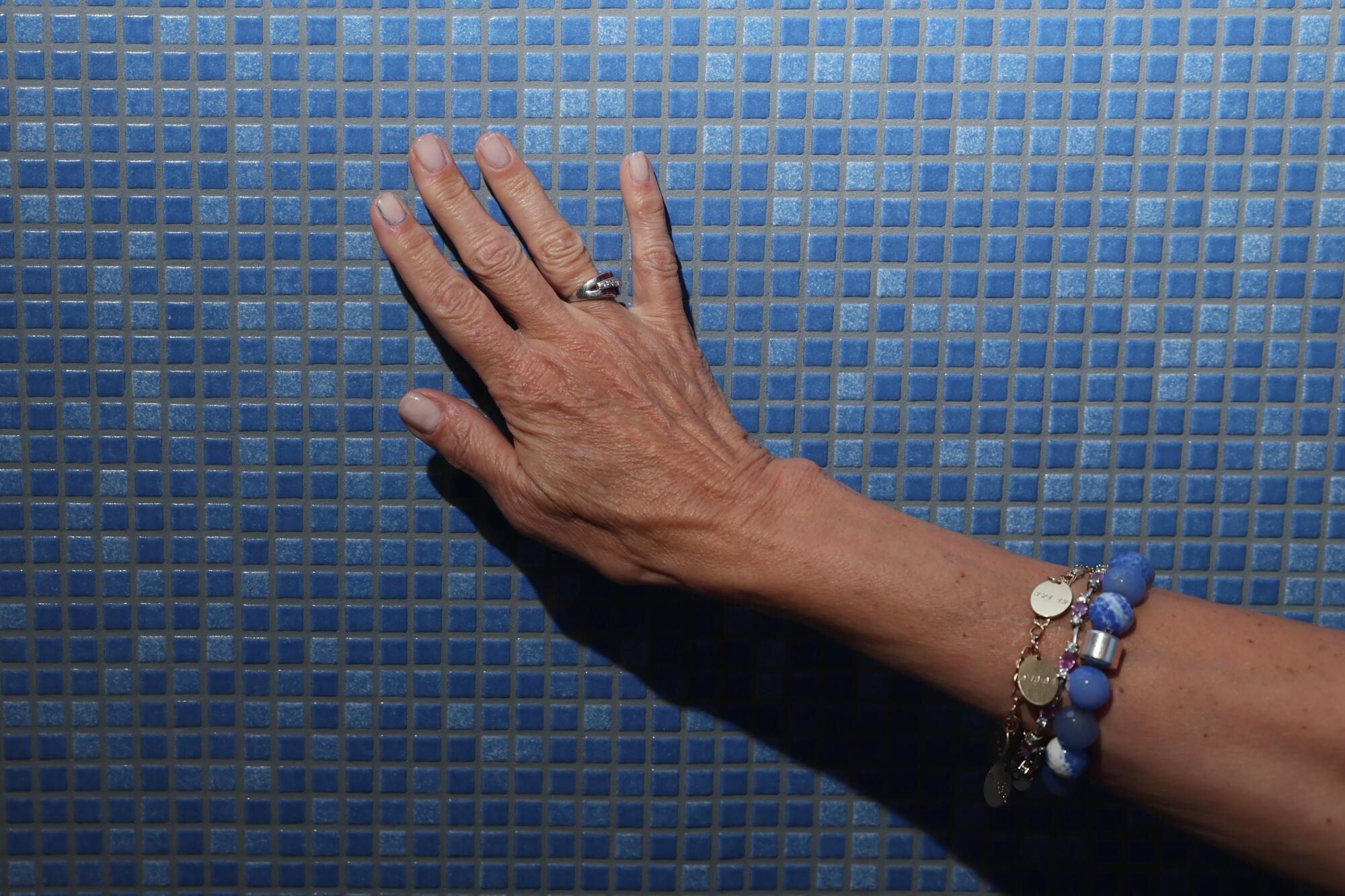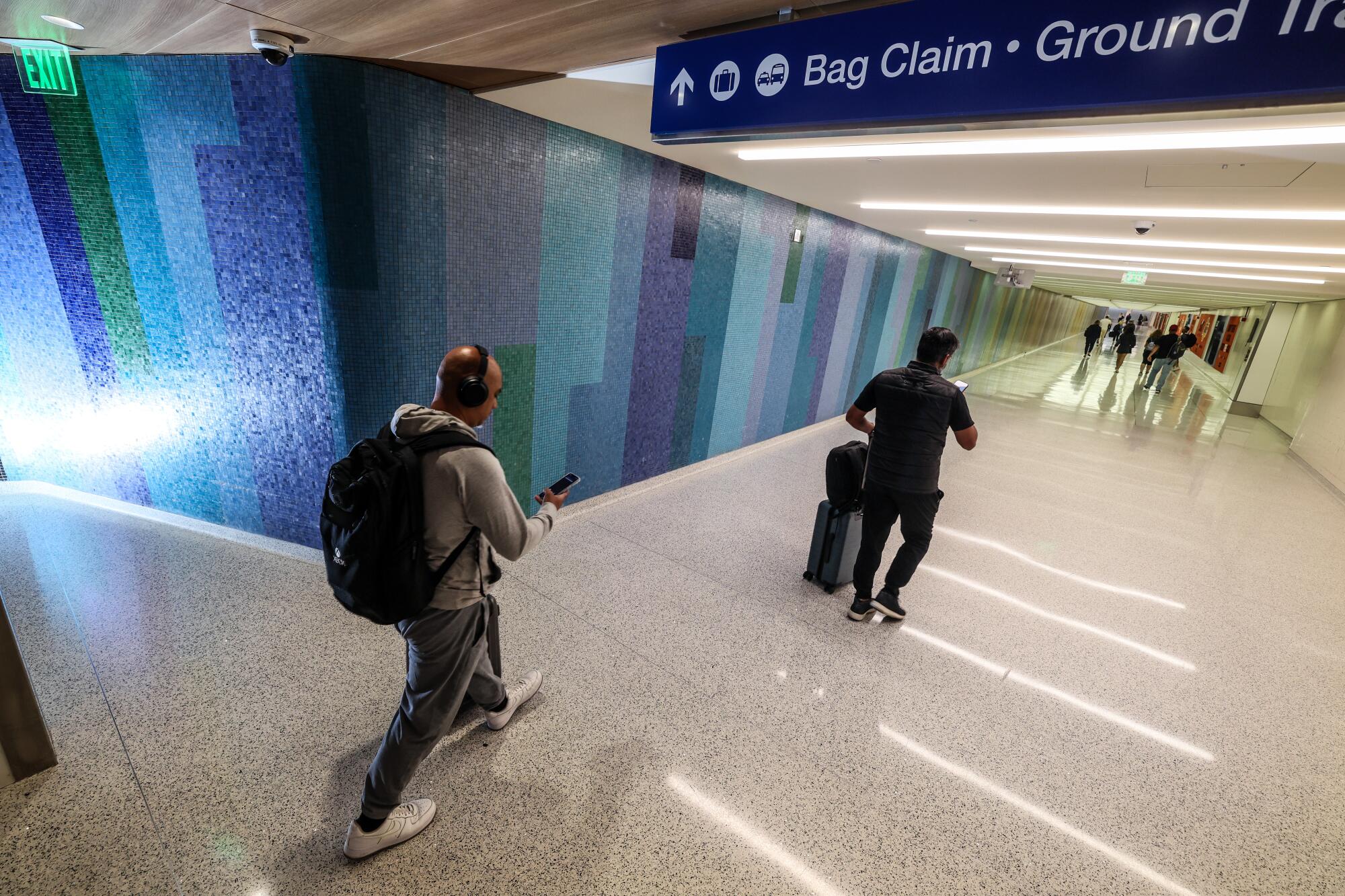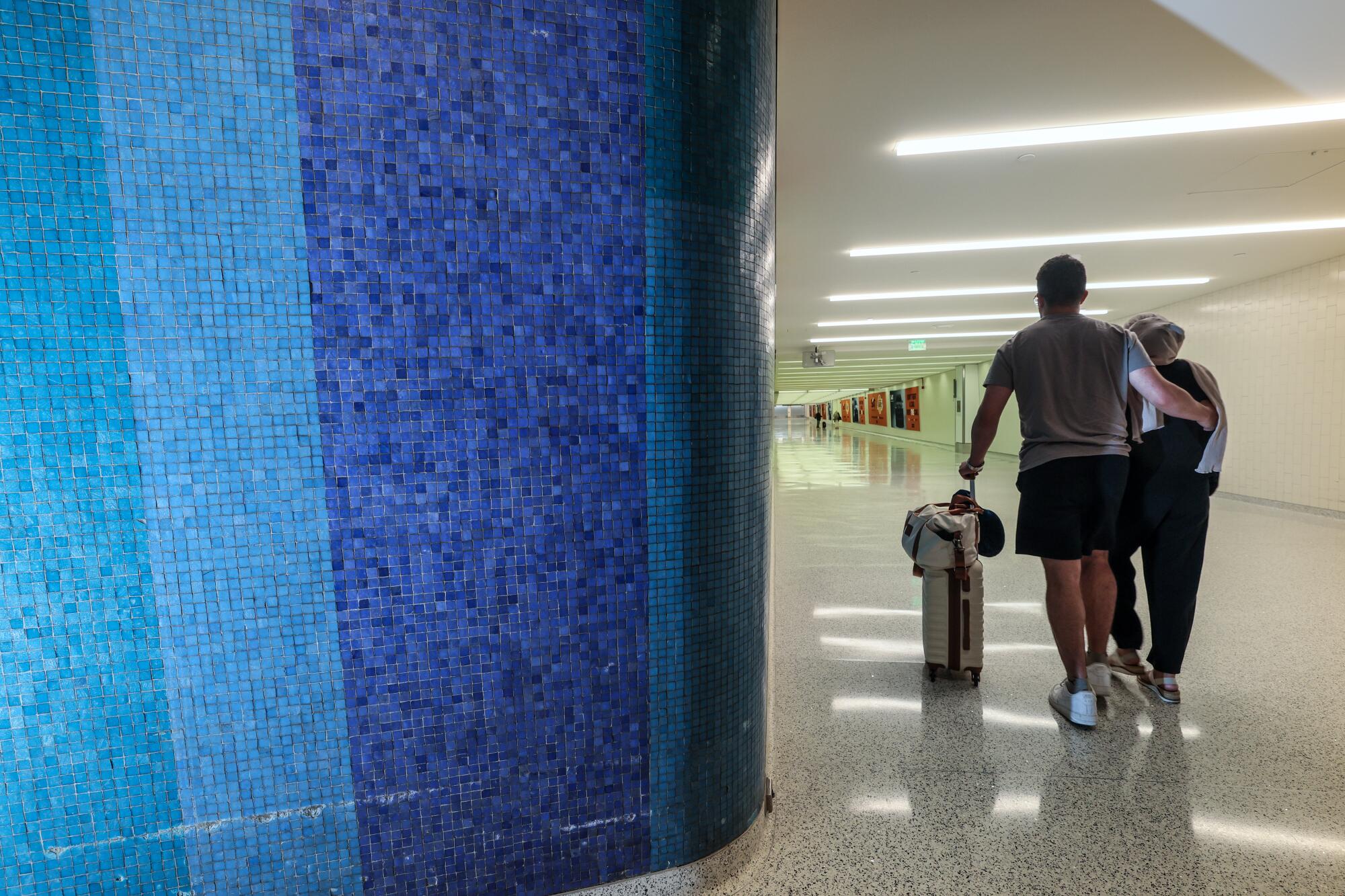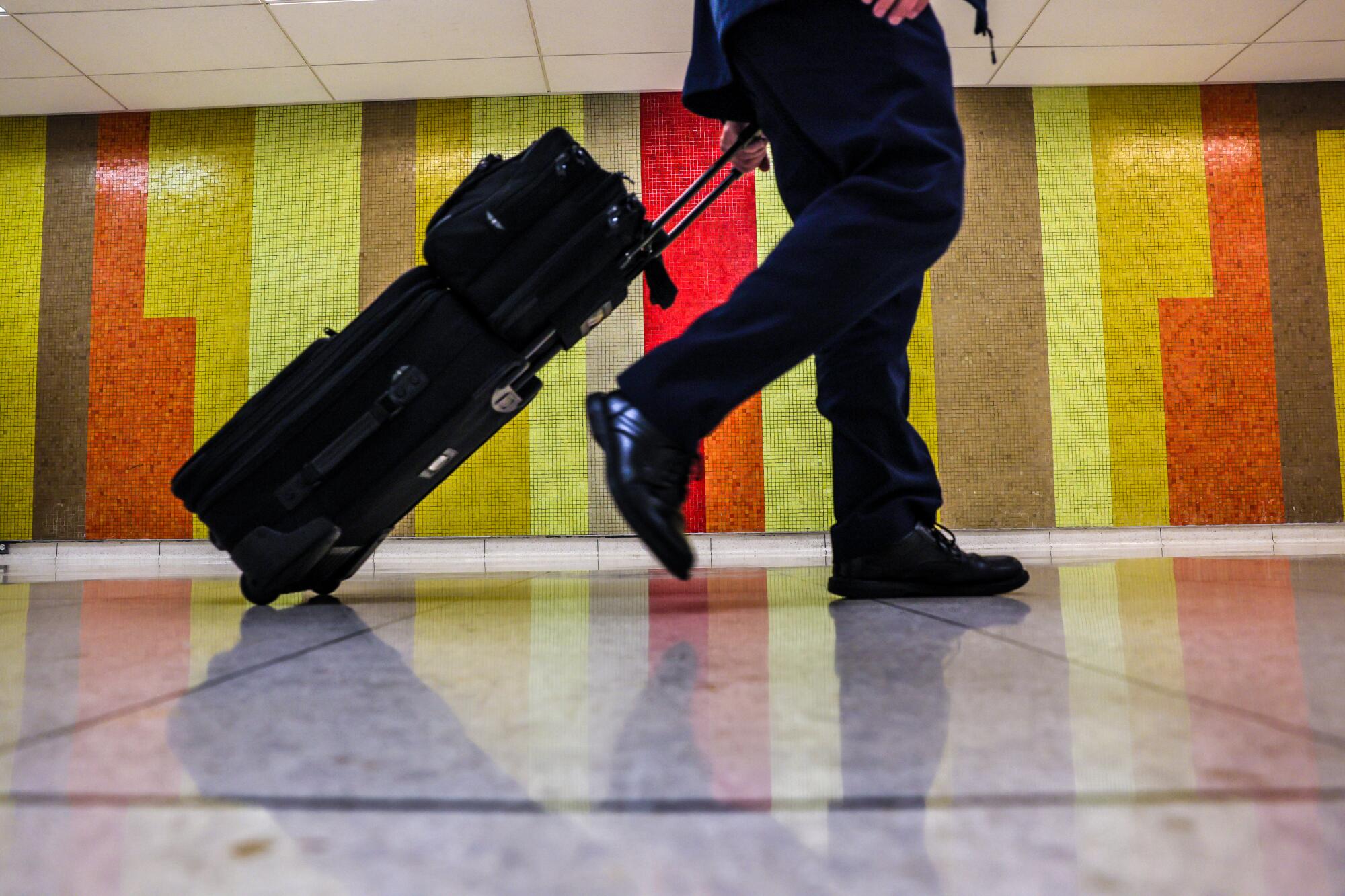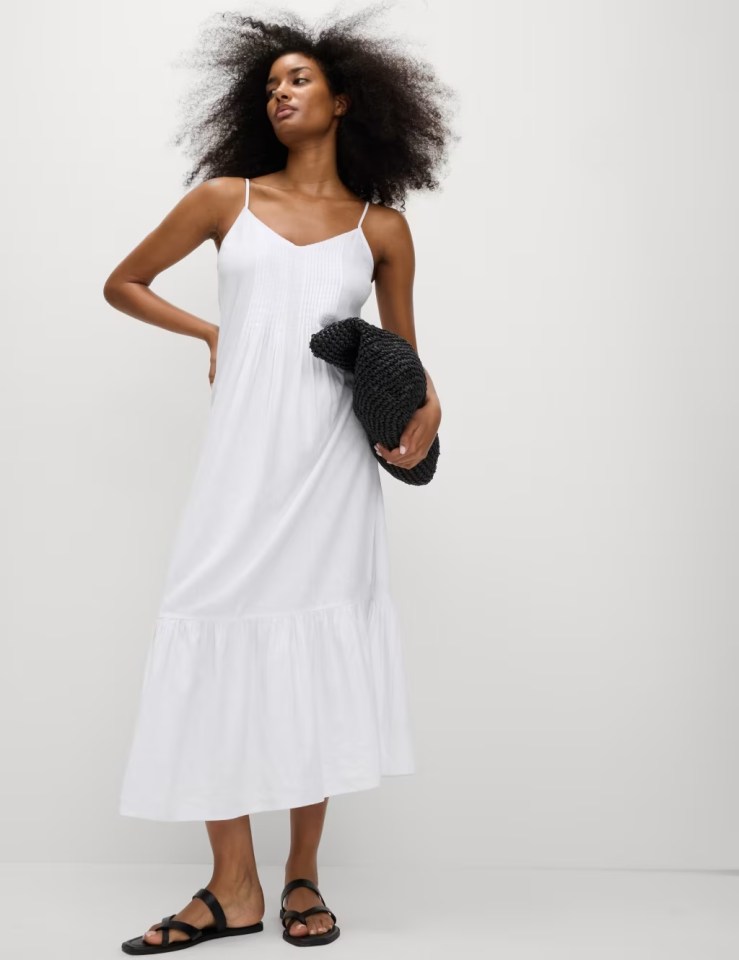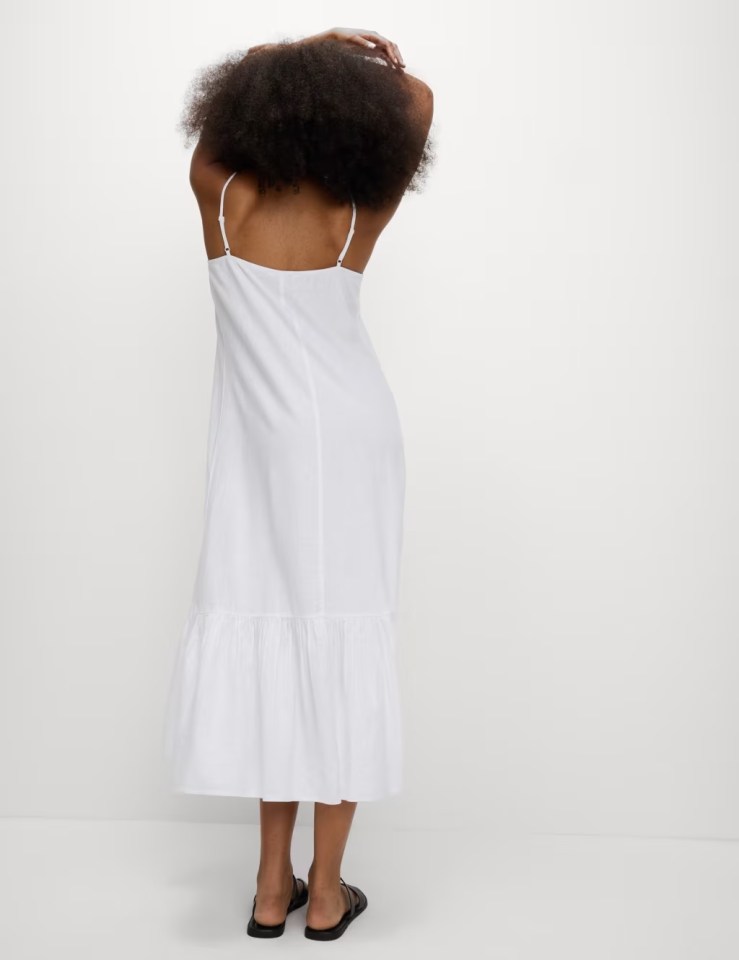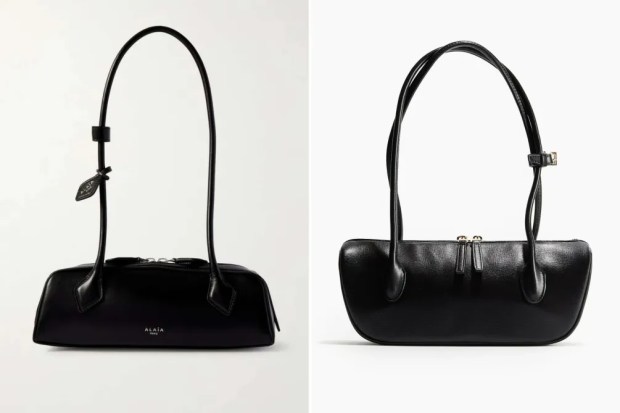SURI 2.0 toothbrush review: I tried the toothbrush everyone’s talking about — it’s so cleverly designed
WHEN I was doing the research for this SURI review, I came across some alarming stats.
Every year, over four billion toothbrushes end up either in landfill or, more worryingly, in the ocean.
And it takes so long for a single toothbrush to decompose that almost every plastic toothbrush produced since the 1930s is still languishing somewhere on the planet.
If you’re an electric toothbrush user, you might think you’re exempt from this, but — I hate to break it to you — you’re not. In fact, you’re probably worse.
SURI 2.0 Electric Toothbrush, £105
Happily, there’s now an ingeniously designed, decently affordable alternative.
Last week, SURI — a brand favoured by celebs including Gwyneth Paltrow — unveiled its second-generation SURI 2.0 toothbrush, and I was lucky enough to get my hands on one prior to its release date.
I’ve used the original SURI 1.0 toothbrush for years, but for the last month I’ve been getting to grips with the new model.
Pros
- One of the most thoughtfully-designed products I think I’ve ever come across — the attention to detail is astounding
- MUCH more sustainable than alternatives
- Brilliant battery life
- Pretty affordable, depending on which generation you go for
- Perfect for travel
- If you take care of it, it’ll last forever
- Dentist-approved (it’s approved by the dentist I spoke to, at least)
Cons
- The first generation doesn’t have pressure sensing, which can lead to overbrushing
- The second generation is significantly more expensive than the first
- There’s no bells and whistles like app connectivity — but do you really need them?
Rating: 9.5/10
SURI toothbrush review: Quickfire Q&A
How much is the SURI toothbrush? The new SURI 2.0 is £105, while the original brush costs a pretty reasonable £75. Replacement heads can be purchased for £10, with a saving if you opt in to a subscription.
Who’s it best for? The environmentally-minded among us — those who want a stylish, well-designed toothbrush that won’t be found rotting in a landfill in a few years.
What we loved: The SURI is simply a brilliantly designed bit of kit. It’s decently affordable because the brand rejects the temptation to include needless bits of tech, but everything it does include is done thoughtfully and cleverly. And it’s nice to know you’re doing something good for the environment.
What we didn’t: It’s a shame that the new Suri 2.0 is so much more expensive than the 1.0 (although the new one comes with a travel case as standard). It’s also on the gentler side — there’s no heavy metal setting for when you want to give your teeth a real deep clean.
How I tested the SURI toothbrush
I first met the co-founder of SURI, Mark, at a press event almost three years ago.
His knowledge and passion blew me away, and he was kind enough to give me one of the brand’s toothbrushes to try myself.
It’s tackled my gnashers daily ever since — it’s moved house twice with me, and gone on several holidays.
This summer, I was one of several lucky journalists to be sent the brand’s new and upgraded toothbrush, the SURI 2.0.
As the Sun’s reviews manager, it’s my job to hold it to account, ensuring that it delivers on its promises, provides value for money, and handles day-to-day operations.
SURI toothbrush review: The Nitty Gritty
First impressions
SURI 1.0 Electric Toothbrush, £75
Before I encountered SURI in 2022, I’d happily been using a middle-of-the-road electric toothbrush, without thinking too much about its environmental impact.
If you’d put a gun to my head, I’d probably have told you that electric toothbrushes are better for the environment than manual ones, as they don’t have to be thrown away every couple of months.
I’d have been wrong.
In fact, they’re a nightmare combo of hard-to-mine rare earth metals, carbon-dioxide-heavy manufacturing processes and “planned obsolescence” — they’re only designed to last three to five years or so, so that you routinely come back and buy a new one.
That means that they, too, end up in landfills, where their toxic components can leech into soil and water supplies.
SURI (short for “Sustainable Rituals”), by comparison, has put a LOT of thought into how to end the environmental nightmare caused by billions of humans brushing their teeth.
The handle is made from aluminium, rather than the hard plastic preferred by other brands. This is a very conscious choice — 75% of all aluminium ever created is still in circulation today, because it’s such an easy-to-recycle material.
Other parts of the toothbrush are made from clever materials like cornstarch (the head), castor oil (the bristles), and steel (the internal components).
These are all designed to have as small an environmental impact as possible — when you buy replacement heads, SURI sends you a mail bag so that you can return your used heads to be industrially composted.
Does it deliver?
SURI 2.0 Electric Toothbrush, £105
So we’ve established that SURI is more sustainable than its competitors — but does it make a better toothbrush?
When I’ve spoken to the company’s co-founder, Mark, he has emphasised the company’s decision not to include the app-powered, Bluetooth-compatible bells and whistles you get in other toothbrushes.
After all, what percentage of people really want to link their toothbrush to an app? Most people I’ve encountered want to get the chore over and done with so they can go to bed.
Instead, the SURI is pretty utilitarian — it includes all the things that you’d need in a modern toothbrush, without adding any unnecessary marketing fluff.
It’s a sonic toothbrush, which is a type of electric toothbrush — they’re defined by their very, very quick vibration, which produces their signature “sonic” humming sound.
The SURI vibrates 33,000 times per minute, which actually puts it at the gentler end of the spectrum — and unlike some competitors, it doesn’t have multiple power settings.
Personally, day-to-day, I’m fine with that — I like a gentler clean, and relatively low vibrations work with the softer castor oil bristles to create a sensation that feels much kinder to my gums than other brushes I’ve used.
However, it would be nice to have a pedal-to-the-metal setting for those days when I’ve had a few glasses of red wine, or accidentally made my way through a large bag of Skittles while watching telly.
The thing about the OG SURI brush that concerned some dentists was its lack of pressure sensor, a feature that notifies you if you’re brushing too hard.
Thankfully, the new SURI 2.0 has added that feature.
There are a host of other features that make this brush extremely practical.
The first that comes to mind is the UV-C Travel Case, which comes as standard with the SURI 2.0 but is an added cost for the 1.0.
As well as protecting your toothbrush from whatever else you throw in your suitcase with it, it comes with a UV light that removes 99.9% of the bacteria on your bristles.
There’s also the month-long battery life — my partner’s electric toothbrush only lasts for a week, if she’s lucky.
Last, but certainly not least, is a tiny thing that I love — each SURI brush comes with a magnetic mount, which you can put on your bathroom mirror or wall.
That might sound pointless, but it stops your toothbrush from amassing that gross toothpaste residue at the bottom, which always makes me feel slightly nauseous.
How much is the SURI toothbrush?
The new SURI 2.0 costs £105.
That’s quite a steep increase from the original brush, which retails for just £75.
However, the 2.0 comes with a travel case as standard, which wasn’t the case for the original brush — if you wanted one, you’d have to fork out another £25.
While it’s not exactly a bargain in a world where you can pick up an electric toothbrush for £40 or £50 on Amazon, SURI markets its device as “the last toothbrush you’ll ever buy” — the toothbrush is designed to be repaired, and SURI will replace the battery for a “reasonable” fee.
The toothbrush head needs to be replaced every couple of months; you can buy a pack of three heads for £14.99, or set up a subscription to have two heads delivered every six months for £8.98 each time.
Where to buy the SURI toothbrush
The best place to get the SURI is probably the brand’s own website, where you can find both generations of the toothbrush as well as all the accessories you might want, including the travel case, chargers, magnetic mounts and toothpaste.
However, it’s also available at selected retailers, including Boots.
SURI alternatives
In terms of its environmental attributes, SURI is in a class of its own.
A few companies are attempting to make Oral care more environmental — for example, Georganics makes a sonic toothbrush with a “Zero to Landfill” scheme, through which the brand promises to responsibly dispose of your toothbrush.
However, it doesn’t have the same stylish mass appeal — it feels a bit granola and tree-hugging than SURI’s chic, Gwyneth Paltrow-friendly version of sustainability.
Plus, SURI puts a bigger emphasis on ensuring that its toothbrushes are made from environmentally friendly materials.
And, of course, if you’re not bothered about eco-credentials, there are tons of options available from normal high-street brands.
The Verdict: Is the SURI worth it?
I’m absolutely in favour of a product that benefits the environment — who isn’t?
However, what impresses me most about SURI is that the company has created a toothbrush that is both more sustainable than its competitors and, well, better.
Even if you ignore all the clever materials and recycling guarantees, this is a brilliant toothbrush, and it’s managed to make sustainability relatively affordable, accessible and cool.
The fact that you could, if you fancied it, use it for the rest of your life, is just the cherry on the cake.
- SURI 2.0 Electric Toothbrush, £105 – buy here
